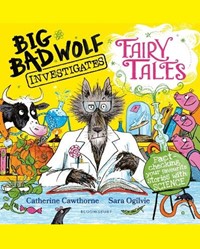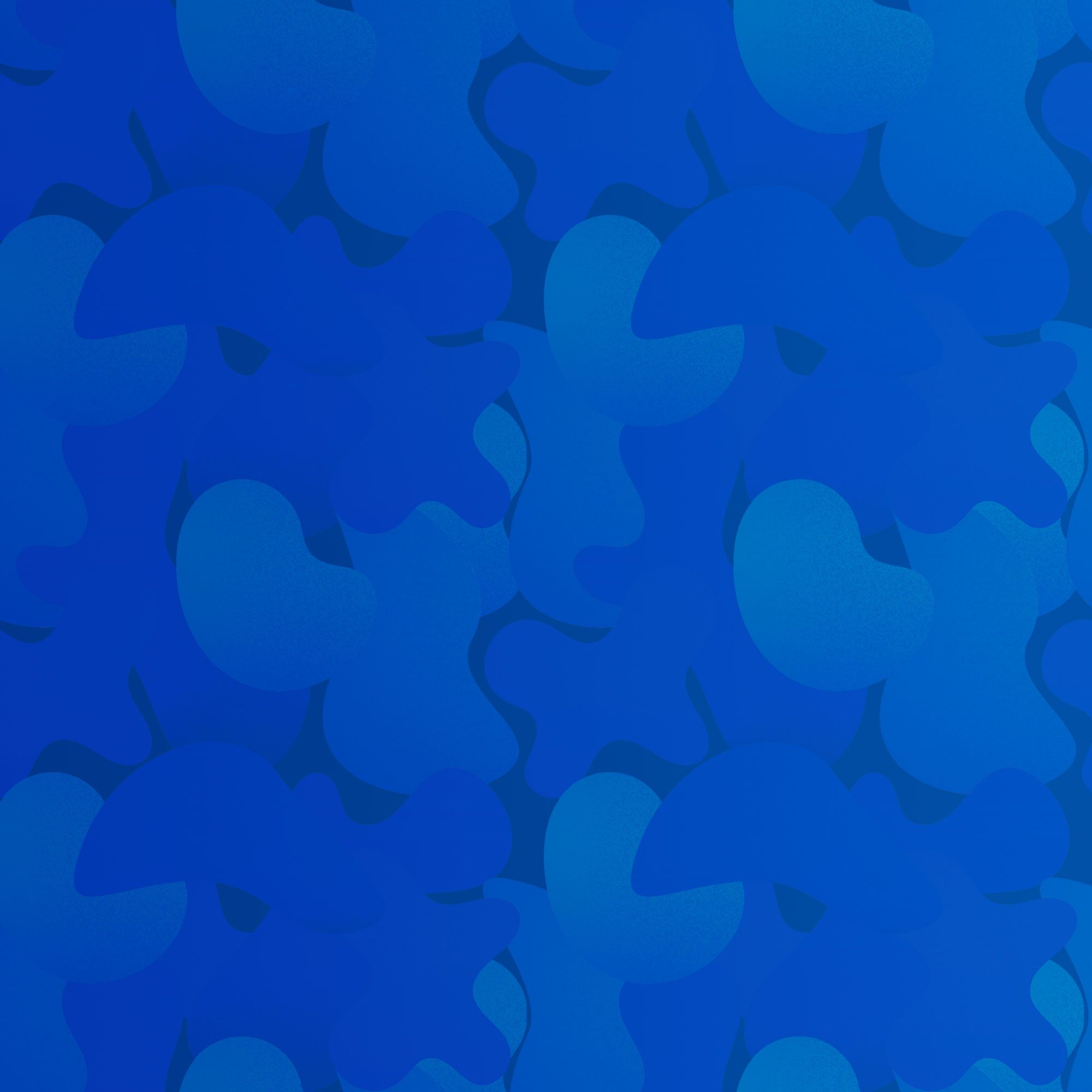Catherine Cawthorne & Sara Ogilvie


About Author
Catherine Cawthorne's Big Bad Wolf Investigates explores the science behind our favourite fairy tales... Growing up, Catherine wanted to be an author. She spent most of her childhood either up a tree, reading, or forming secret societies in her best friend's shed. Catherine now lives in Guildford with her husband and her three children.
Sara Ogilvie, award-winning illustrator and printmaker, has illustrated many much-loved children's books including The Detective Dog and The Hospital Dog by Julia Donaldson, and The Zebra's Great Escape by Katherine Rundell. She grew up in Edinburgh and now lives with her family in Newcastle upon Tyne.
Interview
Big Bad Wolf Investigates Fairy Tales (Bloomsbury Children's Books)
April 2024
Fact-check your favourite stories with the bad guy of fairy tales, the Big Bad Wolf! Find out whether big ears are really 'all the better to hear you with'; discover if it's possible to dance in glass slippers; and learn just how much breath it would take to blow down a house made of straw....
Big Bad Wolf Investigates Fairy Tales by Catherine Cawthorne, brilliantly illustrated by Sara Ogilvie, will encourage young scientists to bring their own questions to these stories, and help inspire children to use science in exploring the world around them.
Review: 'A hilarious and clever book that would capture any young child's imagination with its humour, irony and witty questioning.'
Find out which fairy tale helped inspire Catherine Cawthorne to write Big Bad Wolf Investigates Fairy Tales, and her questions about the stories she loved as a child:
Q&A with author Catherine Cawthorne
"Anyone can be a scientist. You, me, even a wolf. All you have to do is step back and ask questions."
1. What brought you into writing picture books for children, and what have been your favourite career moments to date? Do you do other kinds of work as well?
I've always loved writing stories, but I only started writing regularly after my children were born and I was once again drawn into the world of children's books. There's something so amazing about sharing books together that doesn't really happen with adults, and I wanted to be part of that magic.
I think my favourite author moment so far has been seeing my first book, We Went To Find A Woolly Mammoth, in a real life bookshop. (Either that, or going to Bloomsbury and spotting Katherine Rundell through a doorway!)
I also work part-time as a librarian at an agricultural college. So if you ever want a book about horse dentistry, come to me.
2. What is your new picture book, Big Bad Wolf Investigates Fairy Tales, about?
The Big Bad Wolf has had enough of being made out to be a villain, and sets out to prove that loads of the things we've been told in fairy stories are complete rubbish. So he investigates all sorts of important science questions, like can you really make a working vehicle out of a pumpkin, just how high can a beanstalk grow, and what happens to a gingerbread house in the rain?

The Big Bad Wolf sets out his scientific ambitions in a letter to readers
3. What inspired you to take a fresh look at fairy tales, and why did you make the Big Bad Wolf the scientist in the story?
I think it was The Princess and the Pea that started it. I was reading it one day, and I just had a moment of thinking "this makes absolutely no sense" . It seemed so funny that we read these traditional stories over and over until they are so familiar that you don't question them or consider them any more. Wolfy is the only character who crops up in two of the fairy tales covered in the book (Three Little Pigs and Little Red Riding Hood), and he gets really bad press in each of them. I started feeling quite sorry for him. Plus anyone who is labelled "Big, Bad" is understandably going to have a bit of a chip on their shoulder!
4. Which fairy tales did you decide to investigate, and why these ones?
It was really hard to pick which fairy tales to investigate, as so many of them are ridiculous once you start to pick them apart! I wanted to make sure that we had a wide range of characters across the fairy tales - pigs, girls, witches, wolves, boys, grannies - not just princesses. Also, Little Red Riding Hood was a favourite of mine when I was little, and we had a very old Ladybird version with an absolutely terrifying wolf in it!
5. We've always wondered about the glass slipper... What are your own favourite questionable facts within these fairytales? How does the wolf approach these kinds of questions?
I had great fun researching whether the Big Bad Wolf could swallow Granny down in one big gulp. I ended up learning about all sorts of weird and wonderful animals that swallow their food whole, but I could only find two candidates for actually swallowing an entire Granny down in one - reticulated pythons, and a kind of giant flying dinosaur called Hatzegopteryx. Wolfy was very pleased to debunk that particular slander.

"Are big ears really all the better to hear you with?"
6. How did you decide what you wanted the book to look like, and the illustration style?
I knew that I wanted the book to look anarchic and funny, but I didn't have a clear vision for how that could be achieved. Sara immediately suggested a comic strip style for the story retellings, which suits them brilliantly, and she's added in so many funny details and cross references through the book. I only just noticed this morning that the stranger who gives Jack the magic beans is actually Wolfy in disguise!
7. There is so much detail in the pages - do you have a favourite moment or spread in the book?
I am still spotting details that Sara has put in that I haven't noticed before, I see something new every time I read it! I made myself laugh a lot when I wrote this, but there's something about Sara's illustrations of random animals with chins that really tickles me. Who knew that it was only us humans that have them, and nobody knows why?!
8. As well as being hugely entertaining, do you want Big Bad Wolf's investigations to help inspire children in their own investigations and love of science?
YES! The message of the book is that anyone can be a scientist. You, me, even a wolf. All you have to do is step back and ask questions. Children are naturally curious and brilliant at thinking of questions, so this book is all about embracing that, even with the silliest of topics.
 Big Bad Wolf Investigates Fairy Tales: Fact-checking your favourite stories with SCIENCE!
Big Bad Wolf Investigates Fairy Tales: Fact-checking your favourite stories with SCIENCE!
 We Went to Find a Woolly Mammoth
We Went to Find a Woolly Mammoth
